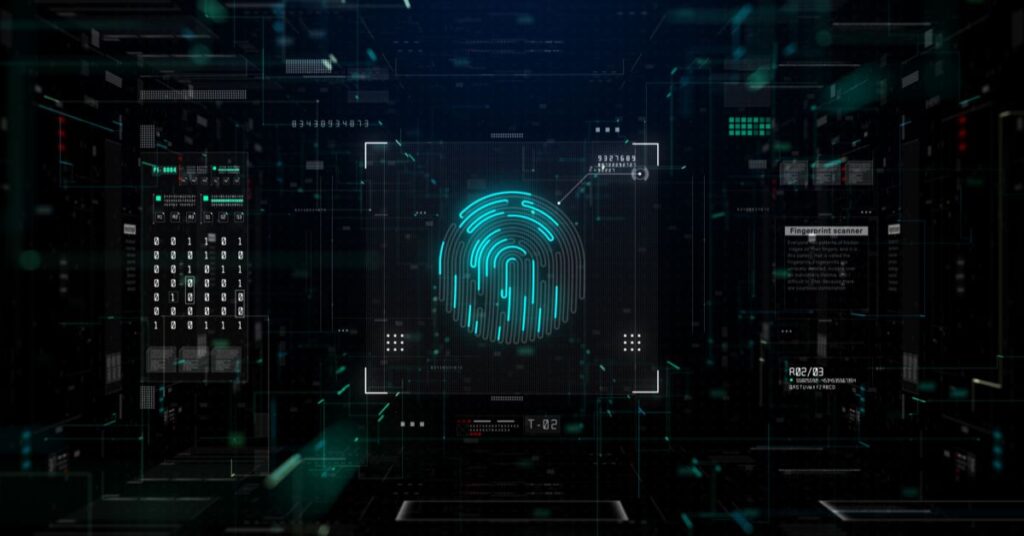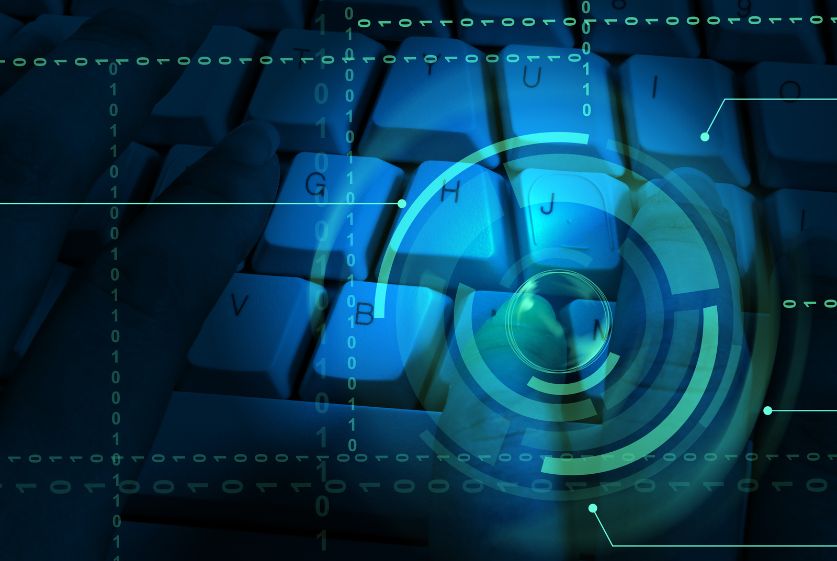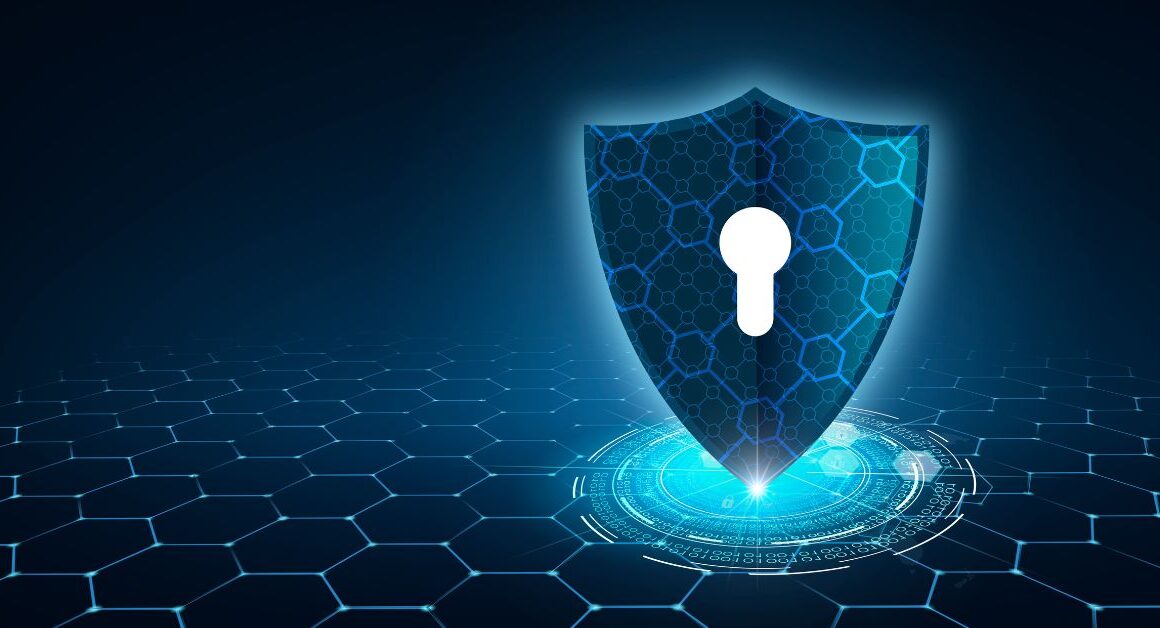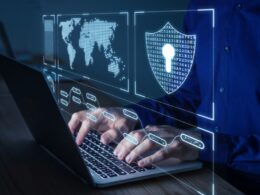A Security Operations Center (SOC) is a dedicated facility that houses an information security team responsible for monitoring and analyzing an organization’s security posture on an ongoing basis. The SOC team works to prevent, detect, assess, and respond to cybersecurity incidents 24/7.
SOC for Cybersecurity uses people, processes, and technology to provide continuous surveillance of an organization’s networks, systems, applications, and data. They serve as a central hub for all cybersecurity operations.
Table of Contents
Why is a SOC Crucial for Cybersecurity?
With cyber threats constantly evolving, SOCs play a critical role in securing the modern digital landscape.
Here are some key reasons why a SOC is so important for cybersecurity today:

- Real-time threat monitoring and response – SOCs enable continuous monitoring to rapidly detect and initiate response to any suspicious activity. This speeds up reaction time to mitigate the impact.
- Centralized view of security – By consolidating security tools, monitoring, and operations into a single facility, SOCs provide greater visibility across the organization’s attack surface.
- Improved incident response – Dedicated SOC teams are trained to follow meticulous incident response plans for any type of attack. This results in more effective containment.
- Compliance – Many industry regulations require the type of 24/7 monitoring and response provided by a mature SOC. SOCs help enforce compliance.
- Cost efficiency – A dedicated in-house SOC is more cost-efficient compared to outsourcing security monitoring and response to multiple vendors.
- Institutionalized expertise – SOCs allow organizations to build specialized security expertise through well-defined roles, responsibilities, and skills development.
For these reasons, SOCs have become an essential component of cybersecurity strategy for most large enterprises today.
Key Functions and Responsibilities of a SOC for Cybersecurity
A Security Operations Center is responsible for performing a wide array of security functions across the organization. The key responsibilities include:

- Asset Monitoring – Continuous monitoring of all critical IT infrastructure, systems, networks, applications, and data for security issues.
- Threat Detection – Using specialized tools to detect anomalies, intrusions, attacks, and other security events in real-time.
- Event Analysis – Analyzing security events to determine severity and scope of impact through correlation of threat data.
- Incident Response – Executing incident response plans, and coordinating containment and remediation actions across security teams.
- Forensic Investigations – Conducting digital forensic analysis of compromised systems and malicious code.
- Regulatory Compliance – Ensuring the organization meets its compliance obligations for security monitoring, reporting, and response.
- Security Reporting – Providing updates on security posture through reports and metrics to key internal stakeholders.
- Team Coordination – Coordinating the efforts of IT security teams like digital forensics, endpoint security, and vulnerability management groups.
Creating an Effective Security Operations Center Strategy
Designing and implementing an efficient Security Operations Center requires careful strategizing around factors such as:
- Organizational Requirements – Performing risk assessments and gap analysis to define SOC capabilities needed to mitigate risks.
- Staffing – Planning staff size, key roles and responsibilities, shift rotations, skills development, and outsourcing if needed.
- Technology Framework – Choosing core SOC platforms for security monitoring, analysis, threat hunting, forensics, and case management.
- Information Sources – Integrating essential data feeds from security tools, systems, and business applications into the SOC.
- Processes – Developing SOPs for monitoring, alert triage, incident response, and escalations, keeping them nimble.
- Collaboration – Building close coordination between the SOC and other IT teams, CISOs, business users, and external entities.
- Budgeting – Planning capital and operating budgets, justifying ROI, and making the case for SOC investments.
- Continuous Improvement – Defining KPIs, indicators of effectiveness, maturing capabilities, and updating the strategy periodically.
Choosing the Right SOC Model
Organizations must choose the right operational model for their SOC based on factors like size, budget, use cases, and technology maturity. The main models include:
- In-House SOC – All SOC operations are handled internally with dedicated staff managing proprietary or hosted tools.
- Co-Managed SOC – A hybrid model blending internal and outsourced services for specialized expertise or cost savings.
- Fully Outsourced SOC – SOC functions are fully outsourced to an MSSP for complete 24/7 monitoring and response.
- Command SOC – Larger organizations have multiple distributed SOCs reporting into a central command SOC that oversees security.
- Virtual SOC – Core SOC capabilities are built on cloud-based security platforms requiring minimal on-premise staff.
The choice depends on specific organizational needs. Most medium to large enterprises run in-house or co-managed SOCs. Smaller businesses tend to fully outsource SOC services.
Staffing Your SOC with the Right Skills
Staffing is one of the biggest challenges in building an effective SOC. The key roles and skills required include:
- SOC Manager – Leadership skills to manage SOC processes, staff, technology, and stakeholder reporting.
- Security Analysts – Technically skilled at using monitoring tools to analyze events and initiate responses.
- Incident Responders – Experience with containment strategies, forensic analysis, and recovery activities.
- Threat Hunters – Proactively looking for IOCs, threat intel, and anomalies across the environment.
- Data Analysts – Extracting insights from data to improve monitoring, threat intelligence, and response.
- Security Engineers – Technical skills to operate, integrate, and optimize diverse security tools.
Continuous skills development via training programs is crucial for keeping SOC staff effective against an evolving threat landscape.
Integrating the Latest SOC Technologies
The technology framework forms the foundation of SOC capabilities. Core components include:
- SIEM – Security Information and Event Management tools aggregate and analyze data from across the environment.
- Endpoint Detection and Response (EDR) – EDR software enhances visibility into endpoints for improved threat hunting.
- Security Orchestration (SOAR) – SOAR platforms automate repetitive tasks like triage to accelerate response.
- Threat Intelligence – Global and internal threat intel feeds help identify IOCs and stay updated on new techniques.
- Case Management – Incident response platforms to log, track, and report on cases for coordination.
- Visualization – Dashboards to gain real-time visibility into the organization’s security posture.
Next-gen capabilities like AI/ML, deception tech, digital forensics, and advanced analytics further bolster SOC defenses.
Measuring and Reporting on SOC Performance
Defining the right KPIs and reports is necessary for determining SOC effectiveness. Metrics tracked should include:
- Time to detect threats
- Time to respond to incidents
- Percentage of alerts investigated
- Number of major incidents handled successfully
- Mean Time To Resolution (MTTR) for cases
- Accuracy rate for threat alert triage
- Percentage of false positives
- Security issues identified via threat hunting
- Adherence to response SLAs
- Caseload handled per analyst
Reports with these metrics should be shared with CISOs, senior management, and SOC teams regularly.
Maintaining Compliance Through SOC Services
Organizations in regulated sectors rely on SOCs to meet compliance mandates around security monitoring, reporting, and response. The SOC helps:
- Continuously monitor environments as per compliance standards using appropriate tools.
- Validate that controls are working effectively to identify gaps.
- Provide audit reports showing how security events were detected and handled.
- Maintain documentation of security processes as per regulations.
- Ensure adherence to response SLAs mandated by compliance policies.
- Stay updated on the latest compliance regulations and adapt accordingly.
Having a SOC demonstrates diligence, minimizing risks of sanctions due to non-compliance.
Outsourcing vs In-House SOC: Key Considerations
Organizations must weigh factors like cost, control, flexibility, and quality of service when deciding between an in-house or outsourced SOC model.
In-House SOC Pros
- Greater visibility and control over operations
- Internal expertise through dedicated staff
- Customization to the organization’s specific needs
- Tight integration with internal teams and systems
In-House SOC Cons
- High capital costs for tools and facility
- Complex to build and manage end-to-end
- Hard to recruit and retain skilled analysts
- May lack scalability to handle surges
Outsourced SOC Pros
- No infrastructure capex needed
- Leverages MSSP’s expertise and resources
- Pay-as-you-go cost model
- Easy to scale up monitoring as needed
- Up to date with the newest threat intelligence
Outsourced SOC Cons
- Loss of control and visibility
- Privacy concerns over external data access
- Generic one-size-fits-all service
- Possible service quality inconsistencies
- Higher operating expenses over the long term
Factors like in-house skills, budget, compliance needs, and use cases determine the ideal balance of insourcing vs outsourcing SOC capabilities.
Building a Collaborative SOC Ecosystem
SOCs must foster close collaboration between their analysts, other internal teams, and external entities. Key relationships include:
CISO and Leadership – Aligning the SOC roadmap with strategic objectives. Reporting metrics, risks, and resource needs.
IT and Security Teams – Coordinating incident response, forensics, vulnerability management, and tool integration tasks.
Business Units – Engaging with application owners, data users, and system administrators to tackle use cases.
External SOCs – Sharing threat intelligence, best practices and talent development approaches with peers.
Law Enforcement – Partnering on cybercrime cases and investigations where appropriate.
Vendors – Working closely with vendors to optimize the performance of security tools and integrate updated features.
MSSPs – For outsourced models, managing MSSP relationships, metrics, and SLAs tightly.
With strong collaboration, SOCs gain expanded visibility and drive more effective security outcomes.
The Future of SOCs in Cybersecurity
As threats become stealthier and more targeted, SOCs must evolve their strategies. The way forward involves:

- Adopting AI/ML technologies for smarter threat detection and faster response.
- Leveraging threat hunting for proactive identification of risks.
- Integrating deception tech like honeypots into defenses.
- Expanding visibility deeper into networks, endpoints, IoT devices, and cloud.
- Closer alignment with business objectives beyond just technical metrics.
- Moving to outcomes-based approaches to drive security effectiveness.
- More focus on talent strategies to build resilient teams amidst staffing crises.
- Sharing threat intelligence and collaborating within broader security ecosystems.
With these trends, SOCs will continue to be the nerve centers for enterprise cyber defense.
Conclusion
A properly designed, well-run Security Operations Center is essential for managing cyber risk in today’s digitized business environment. SOCs enable 24/7 monitoring, rapid detection, coordinated response, and continuous learning – capabilities that are fundamental for effective security.
Organizations must strategize their SOC’s structure, staffing, technology, and processes carefully, ensuring tight integration with internal teams and external partners.
A thriving ecosystem with shared knowledge will be key for SOCs to stay ahead of motivated attackers. Those investing in maturing their SOC’s capabilities will gain a significant security advantage.
FAQs
What are the main challenges faced in running a SOC effectively?
Top challenges include recruiting skilled talent, managing alert fatigue, optimizing analysts’ workload, containing costs, and addressing complexity in integrating data and tools.
What typical qualifications and experience are required for SOC analysts?
SOC analysts need a background in fields like network security, system administration, or IT operations. Relevant certifications and 1-2 years of experience in a security role are preferred.
How can organizations determine the appropriate size for their SOC?
Factors like the scale of infrastructure, number of security events per day, regulatory needs, service levels, and budget help determine the ideal SOC size. Typically larger firms require 20-30+ analysts.
What is the difference between a SOC and a NOC?
A Network Operations Center (NOC) focuses on the availability and performance of networks and IT infrastructure. A SOC specializes in information security – threat monitoring, detection, response, and reporting. The two functions are complementary but distinct.
Does every organization need its own SOC?
Larger companies benefit greatly from having an internal SOC. However smaller firms can effectively leverage fully managed SOC services from an MSSP provider based on a cost/benefit analysis.









